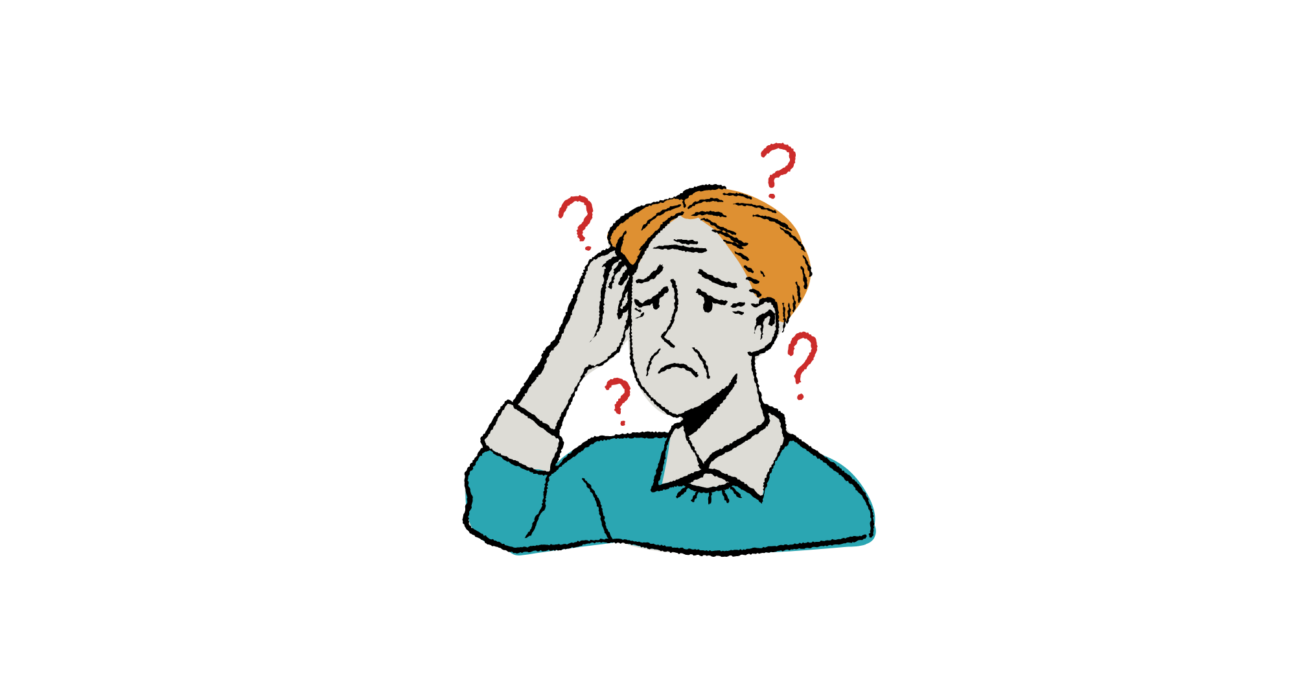Radha Nandi, a first-year law student from Sarsuna Law College has written this Article “Law of Torts Nuisance”.
Introduction
Law of Torts Nuisance refers to a condition, activity, or behaviour that causes annoyance, discomfort, or inconvenience to others. It typically involves actions or situations that interfere with someone’s enjoyment of their property, health, or general well-being. Nuisances can occur in various forms and can arise from both natural and human-made sources.
Examples of nuisances can include excessive noise, such as loud music, barking dogs, or construction activities during inappropriate hours. Other common nuisances include offensive odours, vibrations, excessive dust, pollution, bright lights, unsightly structures, or obstructions that obstruct views.
Nuisances can be subjective, as what may bother one person may not bother another. However, when a nuisance significantly impacts the reasonable enjoyment of someone’s property or has detrimental effects on the health or quality of life of individuals, it can become a legal issue.
Laws and regulations regarding nuisances vary among jurisdictions, but they generally aim to strike a balance between individual rights and the common good. Remedies for dealing with nuisances can include seeking mediation, filing complaints with local authorities, or taking legal action to seek relief or damages.
Meaning and Definition
The term “Nuisance” is derived from the French word “nuire” which is further derived from the Latin word “nocere” which means “to cause hurt or to annoy”. Nuisance as a tort means an unlawful interference with a person’s use or enjoyment of land, or some right over, or in connection with it.
According to Blackstone nuisance is something that “worketh hurt, inconvenience or damage”.
Salmond defined it in a more extensible manner. According to him “the wrong of nuisance consists in causing or allowing without lawful justification the escape of any deleterious thing from his land or from elsewhere into land in possession of the plaintiff.
Stephen defined nuisance as “anything done to cause harm or annoyance to the lands or tenements of another, without constituting trespass.”
Essential Elements of Nuisance
For making an act of Nuisance actionable under the law of torts the following essentials must be satisfied –
- Wrongful act by the Defendant- For the action against nuisance to arise the first essentiality is the conduct of a wrongful act by the Defendant. This may include any action which is prima facie not legal and unreasonable in the eyes of a prudent man.
- The next essential requirement is that Defendant causes substantive damage or inconvenience to Plaintiff. The maxim “De minimis non curat lex” comes into play and provides that law shall not consider trifles or minimal damage claimed by the plaintiff due to his own sensitivity. Nevertheless, if the act of the Defendant involves the hampering of a legal rights of the plaintiff, nuisance comes into play.
In Halsey v. Esso Petroleum Co. Ltd, where the defendant’s factory emitted smoke, oil, fumes and smell and polluted the environment along with harming the plaintiff’s health because of his own sensitive health issue, the former was held liable to the latter only for the emission of smoke, oil and fume and not for health hazard.
Types of Nuisances
Nuisance is of two kinds:
- Public or common nuisance
- Private nuisance or Tort of nuisance
Public Nuisance
Public nuisance is interference with the right of the public in general and is punishable as an offence. Furthermore, Public nuisance is a crime. It typically involves actions or situations that create a substantial and unreasonable annoyance, inconvenience, or danger to the public.
Case Laws
In Dr. Ram Raj Singh v. Babulal, the defendant created a brick grinding machine adjoining the premises of the plaintiff, who was a medical practitioner. The brick-grinding machine-generated dust, which polluted the atmosphere. The dust entered the consulting chamber of the plaintiff and caused physical inconvenience to him and his patients, and their red coating on clothes, caused by the dust, could be apparently visible. The court held that the plaintiff had proved special damages, and they issued a permanent injunction against the defendant, restraining him from operating his brick grinding machine in that location.
In Rose v. Milles, the defendant wrongfully moored his barge across a public navigable creek. This blocked the way for the plaintiff’s barges and the plaintiff had to incur considerable expenditure in uploading the cargo and transporting the same by land. The court held that the plaintiff suffered special damage that supported his claim.
Private Nuisance
Private nuisance is a civil wrong. It refers to a legal concept that addresses the unreasonable interference with a person’s use or enjoyment of their land or property. It involves the interference with another individual’s right to quiet enjoyment and use of their property. Private nuisance can occur through actions, omissions, or even the use of one’s property, which causes substantial and unreasonable interference with the enjoyment of another person’s property.
To establish a claim of private nuisance, the plaintiff typically needs to prove the following elements –
Unreasonableness: The interference must be deemed unreasonable in the eye of an objective person. The court will consider factors such as the severity of the interference, the duration, and whether it affects a single individual or a large group.
Ownership or legal interest: The plaintiff must have a legal interest in the affected property. This can include ownership, tenancy, or any other right that entitles them to exclusive possession of the land.
Causation: There must be a causal link between the defendant’s actions or omissions and the interference suffered by the plaintiff.
Case Laws
In J. Chandrasekaran v. V.D. Kesavan, the defendant fixed electric meters on the wall of the plaintiff, who had acquiesced to it. Holding the fixtures necessarily amounting to nuisance, the Madras High Court said any length of the period of such use by the defendant, would not ensure to benefit of the user concerned unless specifically, the law enabled him to do so.
In Ushaben v. Bhagya Laxmi Chitra Mandir, the plaintiffs-appellants sued the defendants-respondents for a permanent injunction to restrain them from exhibiting the film “Jai Santoshi Maa”. It was argued that the exhibition of the film constituted a nuisance because it hurt the plaintiff’s religious feelings by defining Goddesses Saraswati, Laxmi, and Parvati as jealous and ridiculing them.
The court held that hurting religious feelings was not an actionable wrong. Moreover, the plaintiffs were free not to be in favour of the defendants and as such, there was no nuisance.
In Heath v. Mayor of Brighton, the court refused to grant an injunction in favour of the incumbent and trustees of a Brighton Church to restrain “a Buzzing noise” from the defendant’s power station. In this case, it was found that the noise did not cause annoyance to any other person but the incumbent, nor was the noise such as could distract the attention of ordinary persons attending the church.
Remedies for Nuisance under Law of Torts
Remedies for nuisance aim to provide relief to the affected party and can vary depending on the circumstances. Here are some of the common remedies for nuisance:
Injunction: An injunction is a court order that requires the party causing the nuisance to cease the offending activity or behaviour. It can be either a temporary or permanent injunction, depending on the severity of the nuisance. People commonly seek injunctions when the nuisance is causing ongoing and immediate harm.
Damages: Damages constitute a monetary award given to the injured party as compensation for the harm suffered due to the nuisance.The damages can be compensatory, aiming to restore the injured party to the position they were in before the nuisance occurred, or they can be punitive, intending to punish the wrongdoer for their actions.
Abatement: Abatement involves taking action to eliminate the nuisance or reduce its impact. The injured party may have the allowance to take reasonable steps to stop or mitigate the nuisance, and they may recover the cost of such actions from the party responsible for the nuisance.
Declaratory Judgement: In some cases, a party may seek a declaratory judgement from the court, which determines the rights and obligations of the parties involved in the nuisance dispute. While a declaratory judgement itself may not provide monetary relief, it can establish legal clarity and assist in resolving the dispute.
Negotiated Settlement: Parties involved in a nuisance dispute may choose the negotiate a settlement outside the court. This can involve reaching a mutually agreeable solution, such as implementing specific measures to reduce or eliminate the nuisance, providing compensation, or altering land use practices to minimize the impact on the affected party.
Defences to Nuisance under Law of Torts
In the law of torts, defendants accused of causing a nuisance may have several defences available to them, depending on the circumstances. Here are some common defences to nuisance:
Statutory Authorization
If the defendant’s conduct, which allegedly caused the nuisance, was authorized by a relevant statute or law, they may have a defense based on statutory authorization. This defence acknowledges that the law permits the defendant’s actions, even if they cause some interference or inconvenience to others.
Coming to the nuisance
The “coming to the nuisance” defence asserts that the plaintiff was aware of the existing nuisance before acquiring or moving to the property. If the plaintiff willingly accepted or anticipated the nuisance when they moved to the location, the defendant may argue that the plaintiff cannot now complain about it.
Statute of Limitations
The defendant may claim that the statute of limitations bars the plaintiff’s claim, which sets a time limit within which a legal action must be initiated. If the plaintiff fails to file their claim within the specified time period, the defendant can argue that the claim is time-barred.
License or Consent
If the defendant can demonstrate that they had the plaintiff’s consent or license to engage in the activity that allegedly caused the nuisance, it may serve as a defence. The defendant can argue that the plaintiff knew about the activity and explicitly or implicitly permitted it to occur.
Contributory Negligence
The defence of contributory negligence asserts that the plaintiff’s own actions or omissions contributed to the creation of the nuisance. The defendant argues that the plaintiff’s negligence or failure to exercise reasonable care played a role in the harm they experienced.
Nature and Unavoidable Causes
If the defendant can establish that the alleged nuisance was a result of natural and unavoidable causes beyond their control, they may have a defence. This defence applies when the interference or harm was not a result of the defendant’s deliberate actions or negligence.
Conclusion
In conclusion, the law of tort recognizes the concept of nuisance, which refers to an unreasonable interference with someone’s use and enjoyment of their property. Nuisance can take various forms, such as noise, odours, pollution, or other intrusive activities. When a nuisance affects a person, they may seek legal remedies to address the harm caused.
Remedies for(Law of torts) nuisance include injunctions, which are court orders that require the party causing the nuisance to cease the offending activity, as well as damages, which provide monetary compensation to the injured party. Other remedies can include abatement, where the affected party takes action to mitigate or eliminate the nuisance, and declaratory judgements that clarify the rights and obligations of the parties involved.
However, defendants accused of causing a nuisance also have certain defences available to them. These defences can include statutory authorization if the conduct causing the nuisance was permitted by law, the defence of coming to the nuisance if the plaintiff was aware of the nuisance before acquiring the property, or the defence of contributory negligence if the plaintiff’s own actions contributed to the harm experienced.




Leave feedback about this